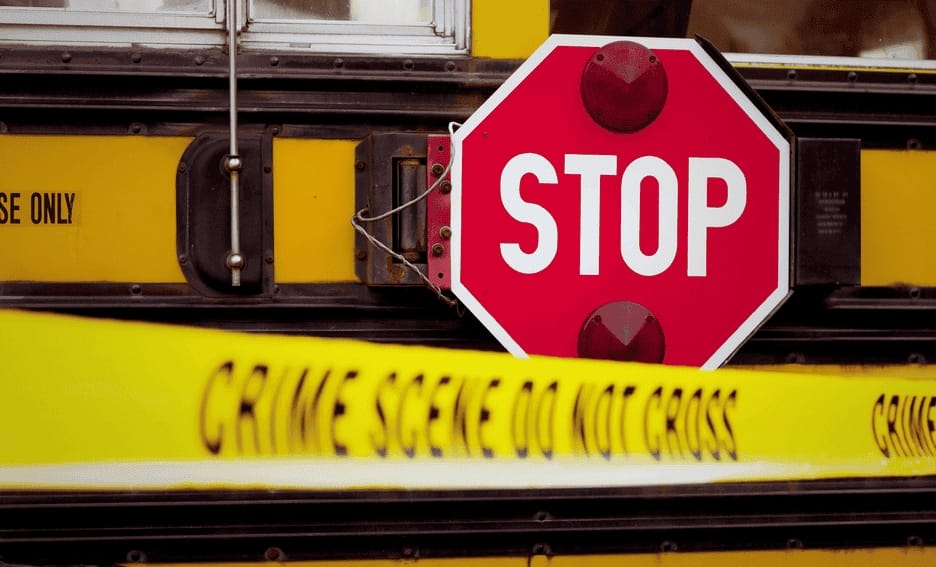Student safety is your No. 1 priority. No question.
You prepare for the worst—painstakingly developing comprehensive crisis plans, all in hopes that that work never sees the light of day.
Most schools never experience a tragedy on the magnitude of a Sandy Hook or Virginia Tech or Columbine—and we’re all beyond thankful for that. But actual threats of violence are a reality—and they occur more often than many of us might think.
Last year alone, more than 1,200 bomb threats were made on America’s schools—nearly double the amount of similar threats made the year before. That’s according to new calculations from the non-profit Educator’s School Safety Network, highlighted in this article in the Providence Journal.
Even disproved or unsubstantiated threats are incredibly disruptive for schools. They affect student emotion and productivity, put parents and communities unnecessarily on edge, and can often have serious fiscal costs.
More threats, more challenges
It’s not easy to track the number of threats against a particular school or district. Many states and local governments don’t track the number of threats against local schools, according to the Providence Journal. But there are some interesting national numbers out there.
- The Educator’s School Safety Network estimates about eight bomb threats per day were called in during the last school year.
- The consulting firm National School Safety and Security Services investigated more than 800 threats made across the country in the first half of last school year, which is more than double from the previous year.
- The number of school resource officers has grown to between 14,000 and 20,000 nationally, according to the National Association of School Resource Officers.
Identifying real versus perceived threats is one of the most challenging, and important, tasks that local law enforcement agencies and school leaders can perform. Sadly, much of that work has consequences either way.
“Schools are in a really bad position,” Amy Klinger, from the Educator’s School Safety Network, told the Providence Journal. “People are going to be mad if you evacuate; people are going to be upset if you don’t evacuate.”
Staying ahead of threats
That’s why it’s a good idea to start thinking about how you plan to deal with threats, and to get parent and community feedback about your decisions ahead of time. Do your students, parents, and community members know and understand the criteria for when you’ll cancel or evacuate schools? Do you have outlets to make it easier for citizens to voice concerns or questions about those policies? Have you included your community in the school safety planning process, for example?
You’ll never achieve 360-degree support from every member of your school community, but if parents and teachers and students understand your process, they’ll have a better appreciation for the awesome responsibility you have in keeping students safe.
How do you deal with threats of violence and disruption in your schools? Tell us in the comments.
For more on the potential costs of threats to your schools, read this: “The cost of a bomb threat will shock you.”
